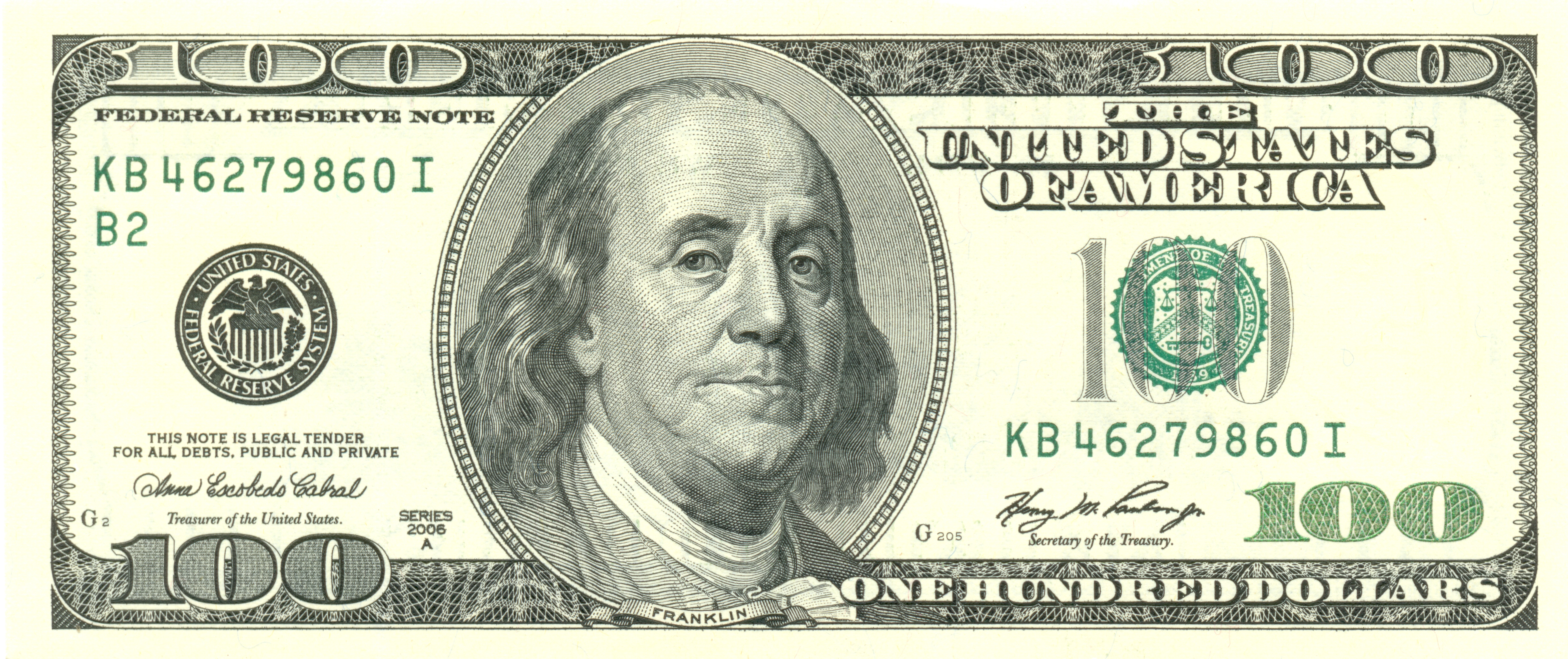Tuesday, November 6, 2007, 7:57 PM
So, if the Transubstantiation is not magic, and it is not even a miracle, what does it mean to say that it is a mystery? I
believe in Transubstantiation, which has nothing to do with a presumed
(somehow magic, somehow miraculous) “real presence”. The Mass is
essentially a dramatic re-actualization of the Last Supper and of the
Sacrifice of the Cross. What matters is to share the certitude that what
Jesus did then, on the eve of his Passion and Death, with the
institution of the Eucharist, and which he gave the command to the
Apostles to repeat «in memory of me», is made present in the Sacrifice
of the Mass, as the Canon of Mass solemnly proclaims:
“We announce your Death, our Lord, we proclaim your Resurrection, and we are waiting for your Coming”.
The cheque analogy
A comparison which comes to my mind (and which, at first impression, may seem even blasphemous, but isn’t) is the following: imagine a piece of paper on which a person would write: «I undersigned hereby transfer to Mr. So and So (or to the Bearer) the indicated amount of money». By means of this fully recognizable act, a simple piece of paper has become a cheque. Its “ontological status” has changed, and within an interpretive system able to recognize it and to interpret it (in the example, the Banking System), it has become “substantially different”. If the expression had not become entirely crystallized in its theological-scholastic use, it would be entirely appropriate to describe the situation by saying that the Piece of Paper was “transubstantiated”. Likewise, in a way mysterious, but not repugnant the reason, the Bread and the Wine of the Mass, by the irrevocable commission imparted by Jesus, become the synthesis of His earthly path as our Saviour, and for all the people who receive the Sacrament of the Eucharist with pure heart and right intention , a … cheque unto Life Everlasting.
The cheque analogy revisited: the banknote analogy
“We announce your Death, our Lord, we proclaim your Resurrection, and we are waiting for your Coming”.
The cheque analogy
A comparison which comes to my mind (and which, at first impression, may seem even blasphemous, but isn’t) is the following: imagine a piece of paper on which a person would write: «I undersigned hereby transfer to Mr. So and So (or to the Bearer) the indicated amount of money». By means of this fully recognizable act, a simple piece of paper has become a cheque. Its “ontological status” has changed, and within an interpretive system able to recognize it and to interpret it (in the example, the Banking System), it has become “substantially different”. If the expression had not become entirely crystallized in its theological-scholastic use, it would be entirely appropriate to describe the situation by saying that the Piece of Paper was “transubstantiated”. Likewise, in a way mysterious, but not repugnant the reason, the Bread and the Wine of the Mass, by the irrevocable commission imparted by Jesus, become the synthesis of His earthly path as our Saviour, and for all the people who receive the Sacrament of the Eucharist with pure heart and right intention , a … cheque unto Life Everlasting.
The cheque analogy revisited: the banknote analogy
Someone may remark that the signature on the cheque introduces a
physical alteration, however little. An analogy that is even more
appropriate than that of the cheque, is that of a a banknote. Every
banknote is ultimately a piece of printed paper: it is more then paper
(viz. money) only because there is the recognizably declared intention,
on the part of the government that it should be "payable to the bearer".
And (unlike the cheque) there is not even the marginal problem of the
“added” signature, because it is there since the beginning!”
Go to More on the "real presence"


No comments:
Post a Comment